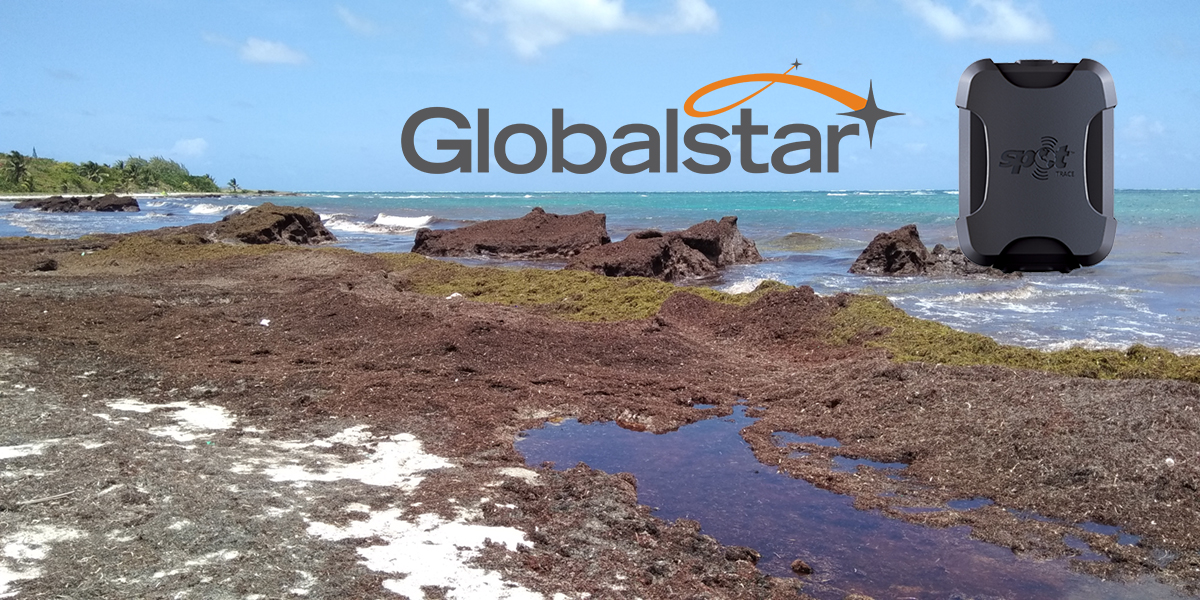Satellites in the interest of science
Globalstar’s SPOT Trace tracking devices were chosen by the Royal Dutch Institute for Maritime Research and the University of Utrecht to help them in their research into sargasso (brown seaweed), which kills coral, impacts fishing and forces beach closures.
Thanks to SPOT tracking device by Globalstar Europe Satellite Services Ltd, which specializes in satellite messaging and emergency notification, researchers are trying to better understand this phenomenon by tracking the movement of these algae from their natural environment, the North Atlantic, to the Caribbean and the southeastern United States. To do this, they are equipping floating buoys with SPOT Trace satellite trackers, which are then placed in the North Equatorial Current.
By analysing the data transmitted by the buoys, biologists try to understand where these algae come from and how their environment is changing, in order to take effective action.
Typically, marine research projects are carried out using large drifting buoys, but when they discovered that the University of Florida was using SPOT Trace satellite beacons for their marine research, they realized that this was a solution that would more realistically mimic the drift of sargasso on the sea surface.
A more cost-effective solution
This solution is even more beneficial considering the affordable price and size of SPOT Trace tracking device. That’s why they can equip multiple buoys with a small (7 x 5 cm) plotter that has a GPS receiver, a simple transponder and a motion sensor. Globalstar’s multiple Low Earth Orbit (LEO) satellites and the long battery life of the buoys provide the search team with accurate tracking.
By analyzing the initial data from the satellite trackers, researchers have gained important information about the movement of sargasso in this region. With climate being a major issue today, there is a need for a better understanding of our environment and how the oceans are changing. As a result, hundreds of SPOT Trace GPS tracking devices are now being used in oceanographic studies around the world. And the scientific use of this equipment is expected to increase because it is a reliable technology. In fact, the NATO Science and Technology Organization, NATO’s Centre for Marine Research and Experimentation, and the Italian National Research Council are also using Globalstar SPOT Trace.

